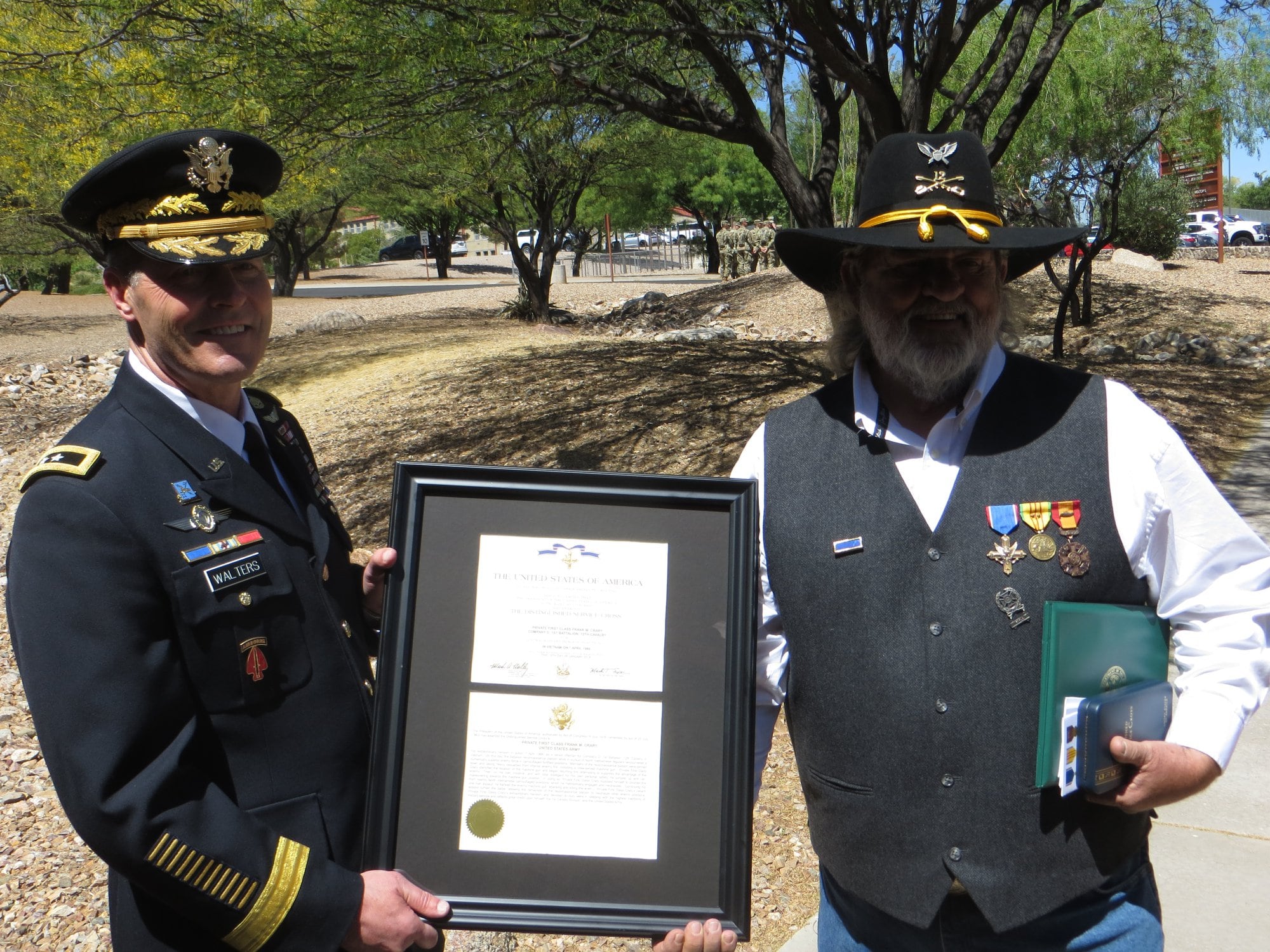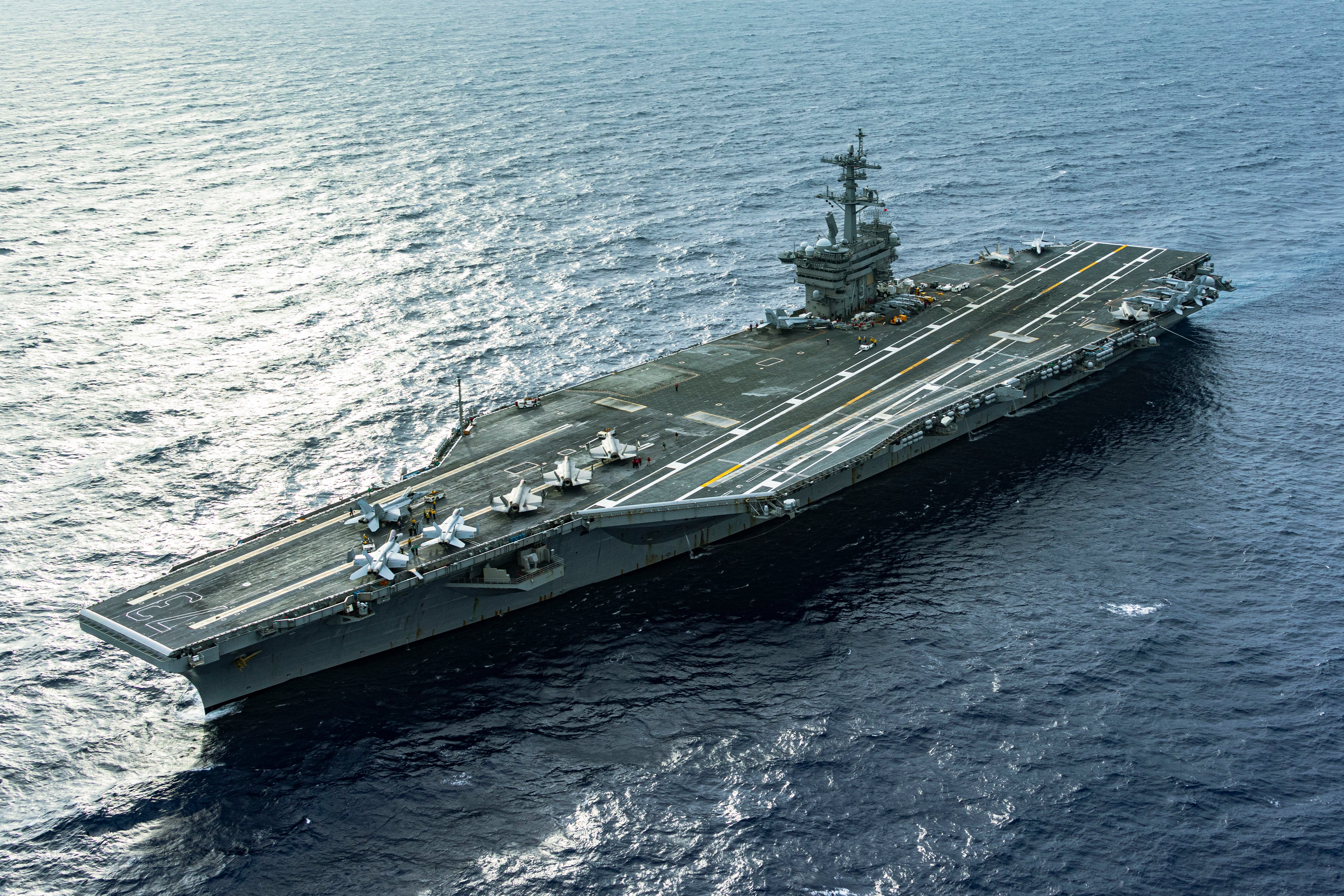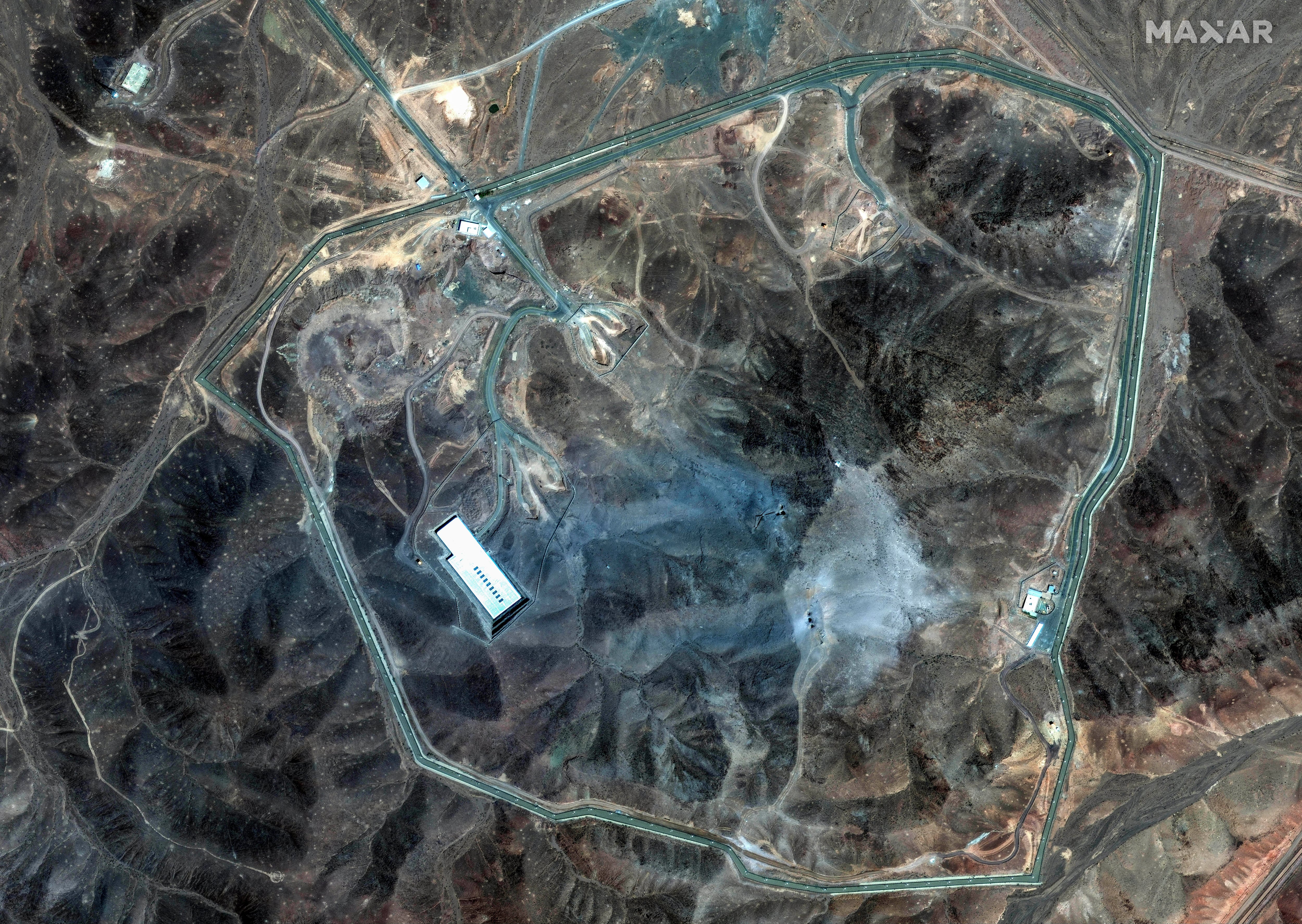After more than 50 years, the Distinguished Service Cross was awarded to a U.S. Army soldier who single-handedly charged an enemy machine gun nest after his patrol was ambushed during the Vietnam War.
Frank Crary, a Tucson, Arizona, resident, was awarded the United States’ second highest award for gallantry in recognition of his actions that saved the lives of his platoon mates during a reconnaissance mission.
Maj. Gen. Robert Walters Jr., commander of U.S. Army Intelligence Center of Excellence at Fort Huachuca, Arizona, presented Crary with the Distinguished Service Cross at a ceremony on base Tuesday.
Crary was a private first class on April 7, 1966, when his reconnaissance platoon from Company D, 1st Battalion, 12th Cavalry Regiment, was chasing North Vietnamese regulars through the jungles of Vietnam. They were suddenly ambushed by a numerically superior enemy force in camouflaged, fortified positions.

“The recon platoon was outnumbered five to one,” Walters said during the ceremony. “Heavy machine gun fire, grenades and mortars were all dropping on and around the platoon.”
The soldiers were pinned down and taking heavy casualties from a crew-served machine gun somewhere in the dense jungle. Crary managed to spot the machine gunner’s nest, and began returning fire.
“Then, on his own initiative, and with total disregard for his own personal safety, he jumped up and ran maneuvering towards the machine gun position,” according to Crary’s citation. “In doing so, Private First Class Crary exposed himself to counter-fire from nearby North Vietnamese camouflaged positions, which he methodically engaged and neutralized.”
“Continuing his one-man assault, he flanked the enemy machine gun, attacking and killing the enemy.”
Crary's actions that day were credited with turning the tide of the battle. His remaining platoon-mates were afforded the time and space to return fire and neutralize other enemy positions.

“Now, what's interesting here is Crary's heroic actions were submitted for a Silver Star,” Walters said. “But his Silver Star was not approved. ... It was upgraded to the Distinguished Service Cross. ... How often does that happen?”
Reflecting on the 1966 event, Crary scoffed at the idea of being called a hero.
“I just looked at it as I was doing my job,” he said.
“I was overwhelmed when the general called and asked if it could be done here at Fort Huachuca,” Crary said. “It was just overwhelming, and a thankful addition to my life.”
Several friends who had served in the reconnaissance platoon with Crary were flown in to attend the award ceremony.
Walters described the difficult situation Crary and his fellow soldiers faced before and after the fateful ambush.
“The enemy were conducting an asymmetric approach to warfare. They made it difficult for our soldiers to determine friend from foe,” Walters said. “The enemy blended in with the local population; they didn’t wear uniforms.”

The American public was also not supportive of the war, which was often described as lacking a clear objective. Returning soldiers often faced the brunt of the disdain about the war from their fellow citizens, Walters explained.
“Today, when we come back from Iraq or Afghanistan, we have people literally cheering for us in the airport,” Walters said. “That was not the case for [these men].”
Also during the ceremony, Lt. Col. Andrew Kiser, the current commander of Crary’s old unit, 1st Battalion, 12th Cavalry Regiment, presented Crary with the Vietnam Service Medal and the Vietnam Cross of Gallantry.
1st Battalion Command Sgt. Maj. Shelly Jenkins presented Crary with the Expert Rifle Marksmanship Badge and the Presidential Unit Citation, which were determined to be owed to Crary.
The Distinguished Service Cross is the second highest military award that can be given to a member of the U.S. Army for extreme gallantry and risk of life in combat against an armed enemy force. The award is equivalent to the Navy Cross, the Air Force Cross and the Coast Guard Cross.
Kyle Rempfer was an editor and reporter who has covered combat operations, criminal cases, foreign military assistance and training accidents. Before entering journalism, Kyle served in U.S. Air Force Special Tactics and deployed in 2014 to Paktika Province, Afghanistan, and Baghdad, Iraq.




